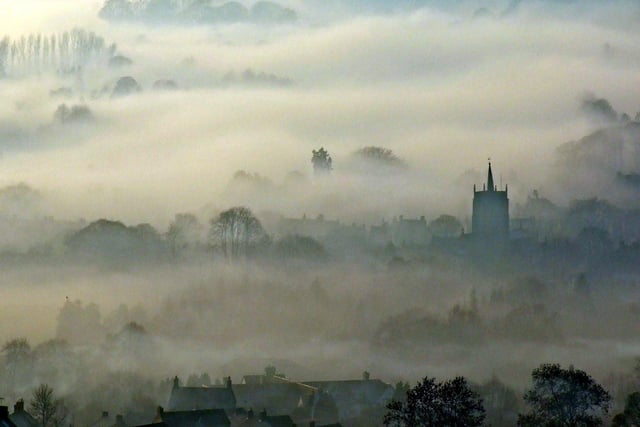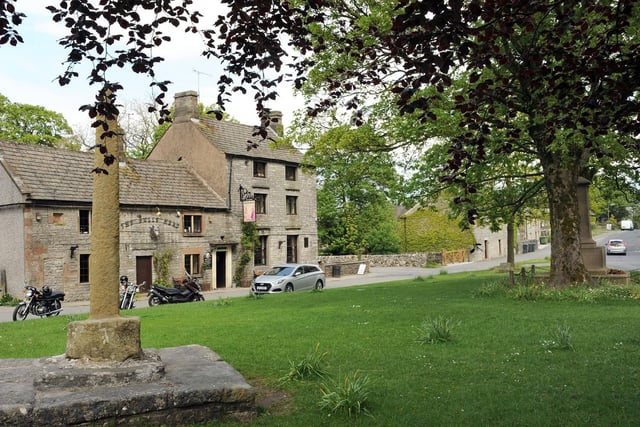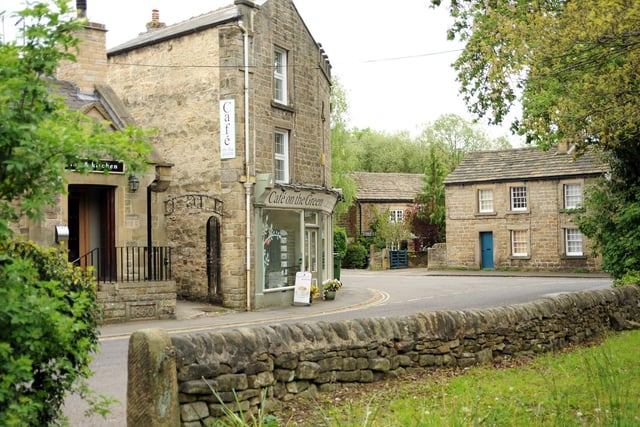The latest data from the 2021 England and Wales census might hold some clues, as one of the things it measures is household deprivation by neighbourhood.
By comparing the scores from the 2011 census with those from the 2021 census, we can see which areas are less deprived than they were ten years earlier.
There are lots of possible ways to measure household deprivation, but the method used by the Office for National Statistics does not take income into account. Instead, it looks at four different measures: unemployment, low qualification levels, poor health and bad housing.
Across England and Wales as a whole, more than half of households (52%) were deprived in at least one of these four possible ways when the census took place in 2021 – that’s 12.8million households. But this is a fall from the decade before, when the figure was 58%.
The census also divides England and Wales into more than 7,000 smaller areas of between 5,000 and 15,000 residents, called middle-layer super output areas (MSOA). For each of these areas, it publishes how many households were deprived in at least one of its four measures.
The MSOA which saw the biggest improvement was Cathedral & Kelham in Sheffield, where the proportion of households not in deprivation rose by 32% over the ten years.
At the other end of the scale, Hyde Park in Leeds saw the proportion of households not in deprivation fell from 52.1% to 41.9%.
Ranking all MSOAs by the change in deprivation – from most improved downwards – the nine Dales areas placed between 1,401 and 6,313 – but here is how they compare to each other.

1. Wirksworth
52% of households were not deprived in 2021, an improvement on 2011 when the figure was 44.2%. Photo: Phil Richards

2. Ashbourne South
50.3% of households were not deprived in 2021, an improvement on 2011 when the figure was 44%. Photo: Cameron Smith/Getty Images

3. Bakewell South, Darley Dale & Youlgreave
51% of households were not deprived in 2021, an improvement on 2011 when the figure was 45.3%. Photo: Anne Shelley

4. Bakewell North, Baslow & Calver
58% of households were not deprived in 2021, an improvement on 2011 when the figure was 53.3%. Photo: Anne Shelley